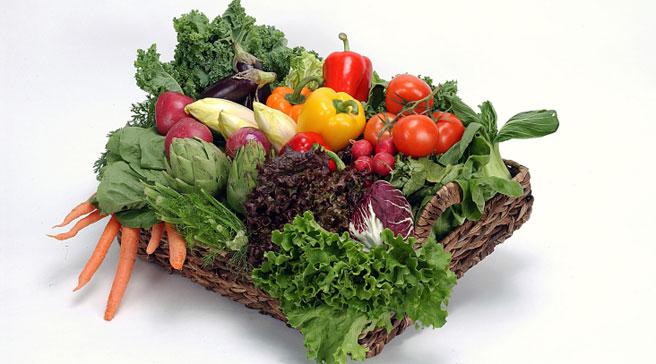The benefits of raw food
Living food enthusiasts have been proclaiming the benefits of a raw, super-fresh diet since the 1970s. Today, with celebrities and nutritionists embracing the trend once again, Anastasia Stephens asks — will it work for you?

Are you buzzing with energy and overflowing with vibrancy? Or are you, like many of us, prone to feeling sluggish and tired? If so, hold yourself back from the next coffee or sugary snack.
According to some leading nutritionists, what you need is a dose of living food. Raw, or living, food is making headlines again. Donna Karan, Uma Thurman, Natalie Portman and Alicia Silverstone have all been eating uncooked food in the name of optimum health, but raw food-ism isn’t just a celebrity fad.
Whether it’s a recently picked apple, or some newly sprouted lentils, research suggests these ‘live’ foods provide us with extra energy, better digestion and improved health overall.
‘Foods in their original, unheated (uncooked) state are considered raw and alive — fruits, vegetables, sprouts, seeds, nuts,’ says Elaine Bruce of The UK Centre For Living Foods. ‘These living, entirely natural, foods contain a wide range of vital nutrients.’
Here are five ways to go raw:
1. EAT SPROUTS Get into the habit of sprinkling sprouted lentils, aduki beans, mung beans, chickpeas and alfalfa on your food. Once sprouted, a plant contains far higher levels of vitamins, fatty acids, proteins and minerals than in its dormant state. You can sprout a variety of seeds or beans by soaking them in water overnight, then rinsing them twice daily over several days. Sprouting boxes and kits are available from Living Foods.
2. ENSURE FRESHNESS Local delivery schemes are a convenient way of getting fresh organic and local produce. Try Abel & Co or The Organic Delivery Company, which supply local veggie boxes and other organic produce to your door. For good quality fresh meat, find your nearest farmers’ market. To ensure freshness, consume within the week. If you’re not going to eat your groceries quickly, don’t wait for them to go limp; freeze them.
3. DRINK JUICE Fruit or vegetable juice is far more beneficial when absolutely fresh. ‘Juice your own freshly purchased ingredients, then drink it,’ says Elaine Bruce. She advises against buying juices that have been made in shops earlier that day or the night before as they will have lost much of their enzymatic activity. Drinking at least one fruit or vegetable juice a day, and don’t be afraid to mix fruit and vegetables together.
4. SOAK NUTS Soak nuts such as almonds and walnuts overnight before adding them to your breakfast cereal. As with sprouted seeds, this activates enzymes and nutrients in the nuts, which become easier to digest.
5. CUT OUT DEAD FOOD While increasing your intake of live foods, try to reduce the amount of ‘dead’ or processed foods in your diet. Cut down on white bread, pasta, rice, sugar, sweets, processed foods and pastries. Replace them with sourdough bread, brown rice and wholegrains and natural sweeteners such as honey or dried fruit.








